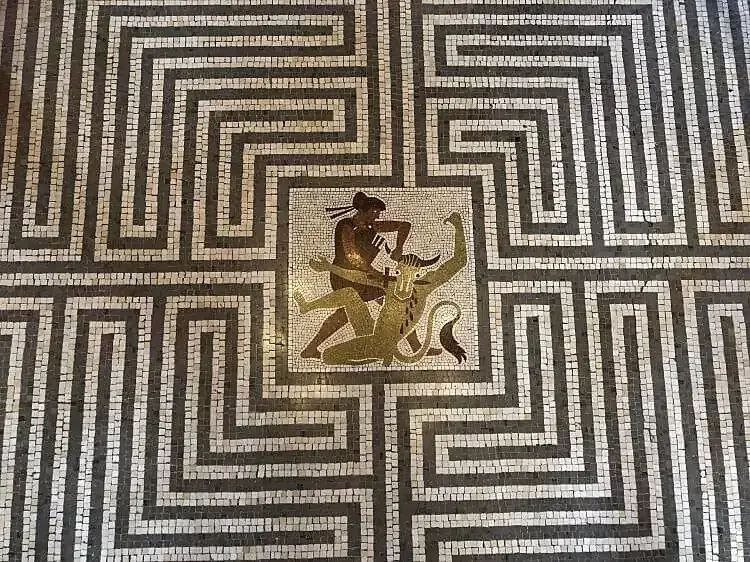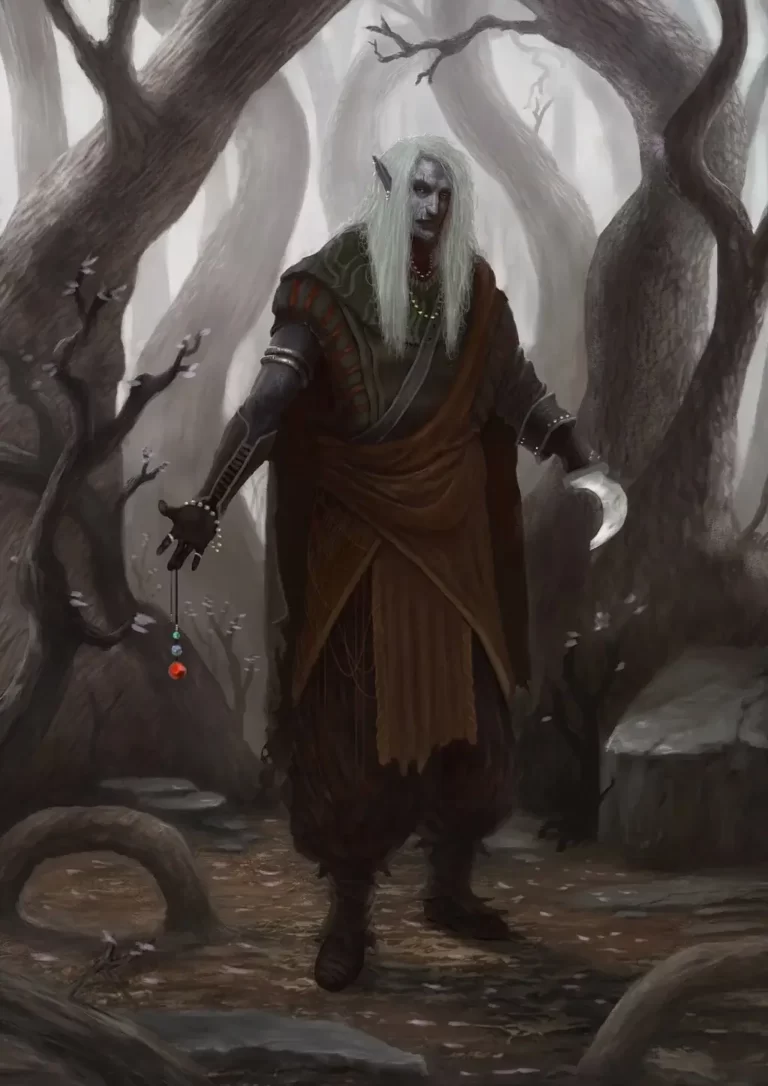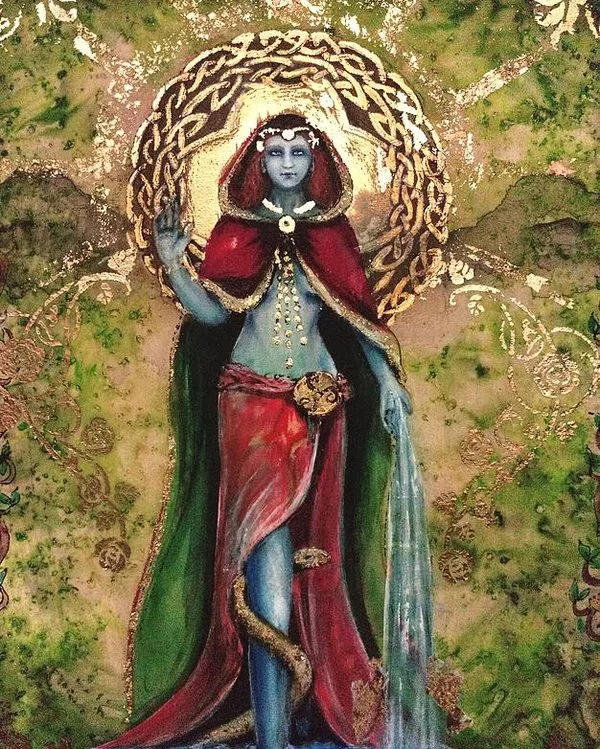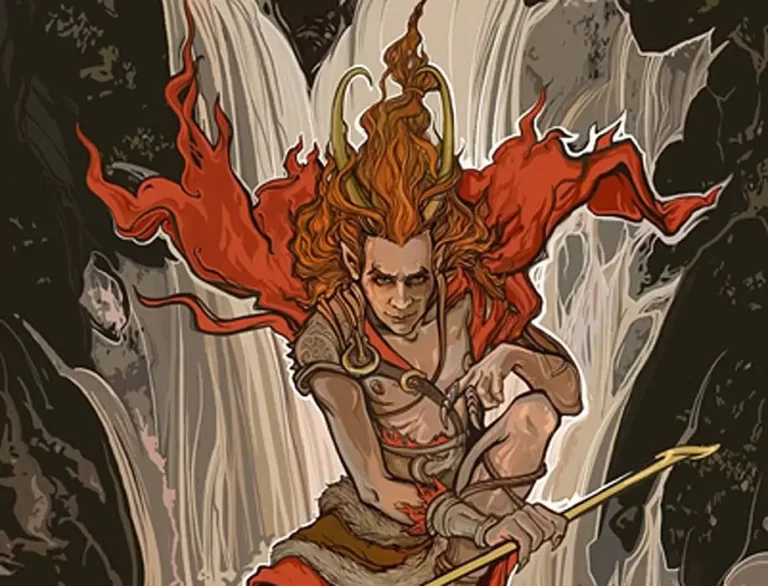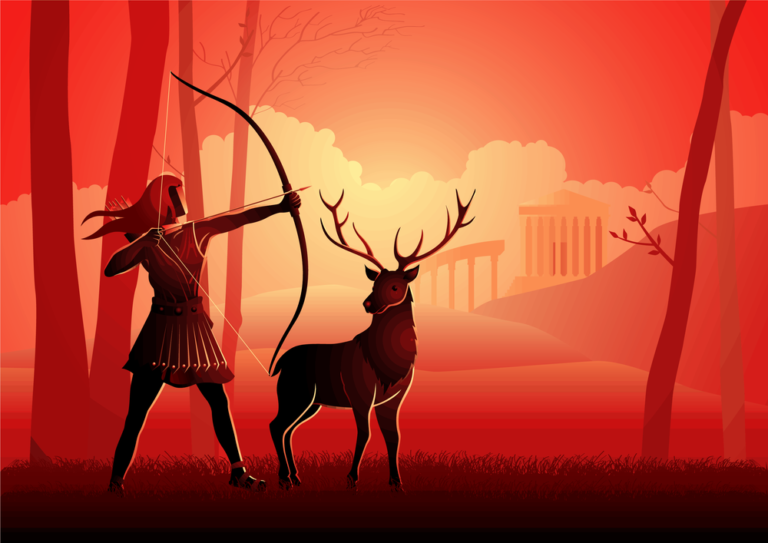Labyrinth in Greek Mythology
A labyrinth in Greek Mythology is a maze-like structure that is designed to confuse and disorient those who enter it. The term labyrinth comes from the Greek word labrys, which means double-headed axe. In Greek mythology, the Labyrinth was built by the legendary craftsman Daedalus at the command of King Minos of Crete. It was used to contain the Minotaur, a monstrous creature with the head of a bull and the body of a man.
The Labyrinth was an elaborate structure with many twists and turns, designed to make it impossible for anyone to find their way out once they entered. Those who attempted to escape the Labyrinth were often lost forever. The only person who was ever able to successfully navigate the Labyrinth was the hero Theseus.
The Minotaur: Who Was He?
In Greek mythology, the Minotaur was a creature with the head of a bull and the body of a man. He lived in a labyrinth, which was an intricate maze designed by the architect Daedalus. The Minotaur was eventually killed by the hero Theseus.
The origins of the Minotaur are unclear. Some say he was born from the union of Pasiphaë, wife of Minos, and a white bull. Others say he was simply a bull-headed man who lived in Minos’s labyrinth. Regardless of his origins, the Minotaur was a fearsome creature.
The labyrinth itself was no easy feat to navigate. It was filled with twists and turns, dead ends, and danger. Those who entered it rarely made it out alive. The only way to kill the Minotaur was to find him in the maze and slay him with a sword or spear.
The Minotaur: Why was he kept in the labyrinth?
The word labyrinth is of Greek origin, and it conjures up images of a confusing, winding maze. In Greek mythology, the Labyrinth was an elaborate structure designed by the legendary craftsman Daedalus for King Minos of Crete. It was built to house the Minotaur, a creature that was half-man and half-bull. The Labyrinth was so intricate that anyone who entered it became lost. The only way out was to find the center, where the Minotaur awaited its next victim.
Daedalus and Icarus: the story of how they built the labyrinth and tried to escape it.
In Greek mythology, the labyrinth was built by the architect Daedalus and his son Icarus. The labyrinth was an intricate maze designed to imprison the Minotaur, a creature with the body of a man and the head of a bull.
Daedalus had been imprisoned by King Minos on the island of Crete. To escape, he built two pairs of wings out of wax. He gave one pair to his son Icarus and warned him not to fly too close to the sun, or the heat would melt the wax and he would fall into the sea and drown.
Icarus ignored his father’s warning and flew too close to the sun. The heat melted his wings and he fell into the sea and drowned. Daedalus continued on alone and eventually found his way out of the labyrinth.
Theseus and the Minotaur: the story of how Theseus defeated the Minotaur and escaped the labyrinth.
When Theseus volunteered to be sent into the labyrinth to kill the Minotaur, he had no idea what he was getting himself into. The Minotaur was a creature with the head of a bull and the body of a man, who lived in the center of a labyrinth built by Daedalus. Theseus was able to defeat the Minotaur and escape the labyrinth because he had been given a ball of string by Ariadne, who fell in love with him.
Theseus entered the labyrinth and followed the string, which led him straight to the Minotaur. He then killed the creature with his bare hands and made his way back out of the labyrinth, following the string once again. Once he emerged from the labyrinth, he was reunited with Ariadne and they sailed away together.
The Legacy of the Labyrinth: in popular culture
The Labyrinth is one of the most enduring and popular myths in Greek culture. The story of the Labyrinth has been told and retold for centuries, and it has inspired many works of art and literature. The Labyrinth has also had a significant impact on popular culture, appearing in films, TV shows, video games, and other media.
The most famous adaptation of the Labyrinth story is the 1986 film directed by Jim Henson. The film tells the story of Sarah, a young girl who must navigate her way through the Labyrinth to save her baby brother from the Goblin King. The film was a critical and commercial success, and it remains one of the most beloved films of all time.
The Labyrinth has also been adapted into several video games, including two console games released in 2012. In these games, players must help Sarah escape from the Labyrinth while avoiding traps and solving puzzles.
Conclusion: what the labyrinth symbolizes in Greek mythology?
The labyrinth is a symbol of the journey to self-knowledge. It represents the winding path that we must take to find our way to our true selves. The labyrinth also symbolizes the challenges and obstacles that we must face to grow and learn. Ultimately, the labyrinth is a reminder that the journey to self-knowledge is never easy, but it is always worth taking.
